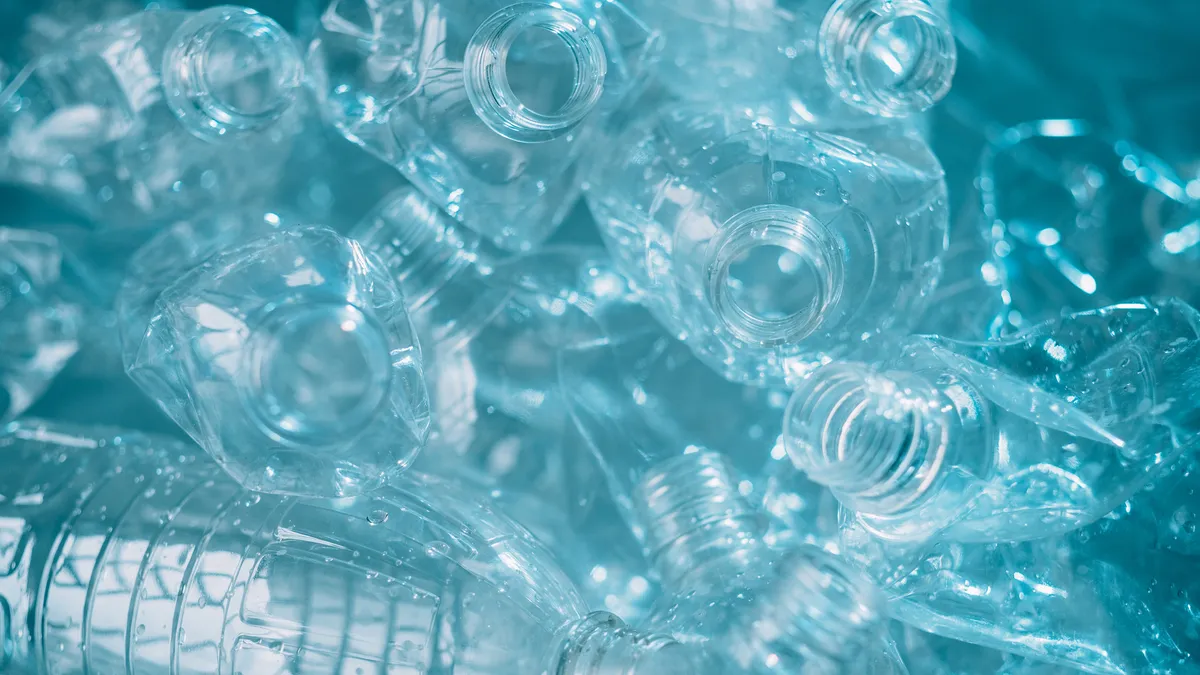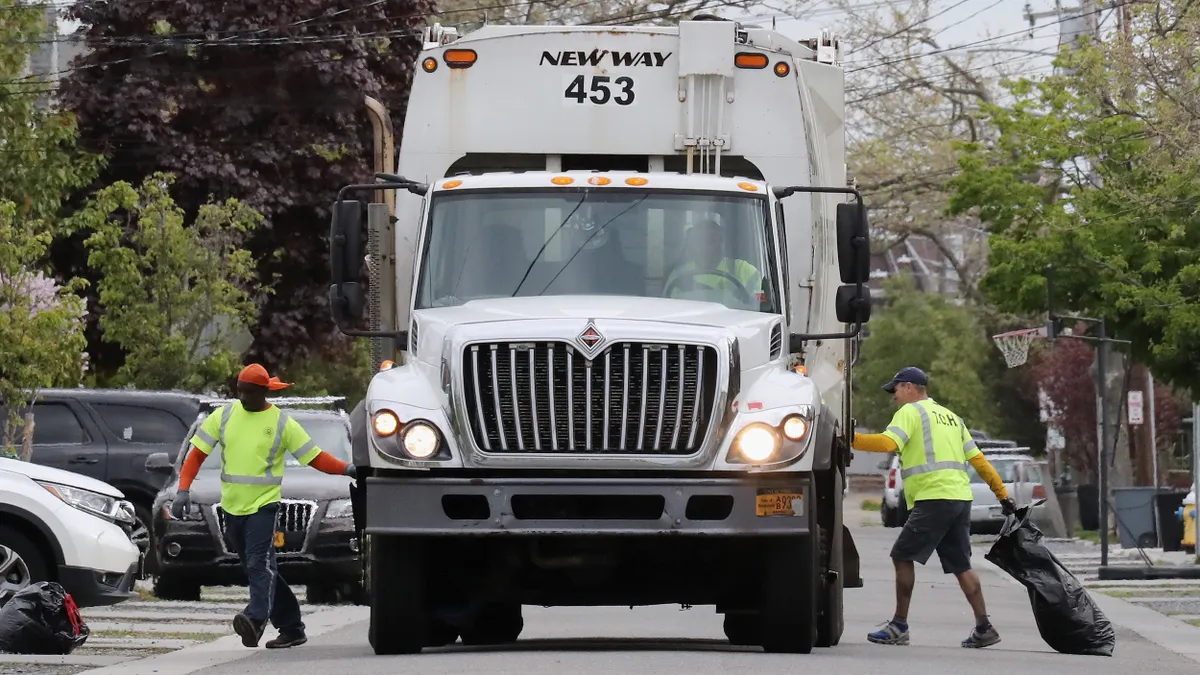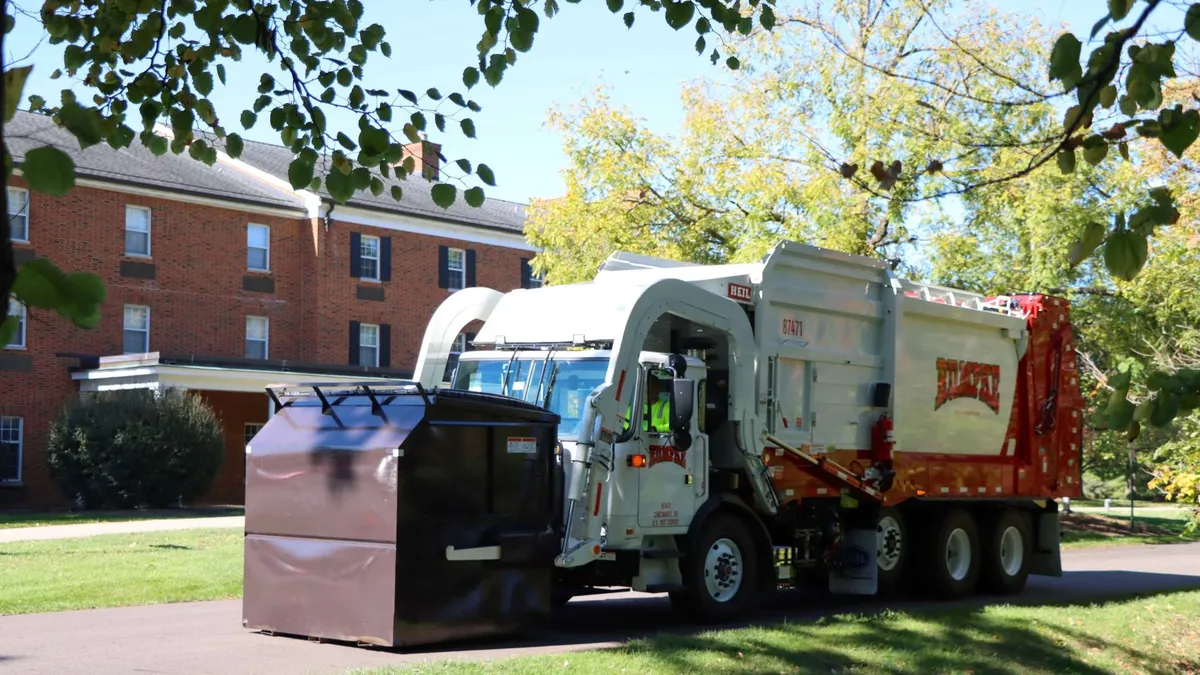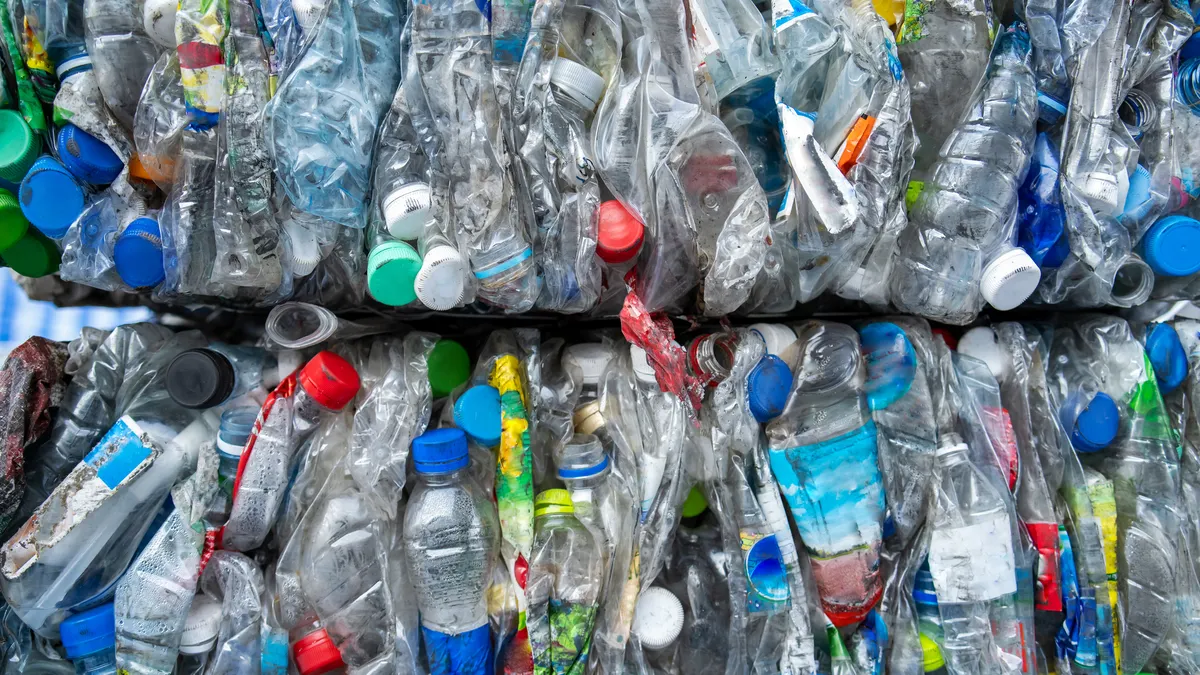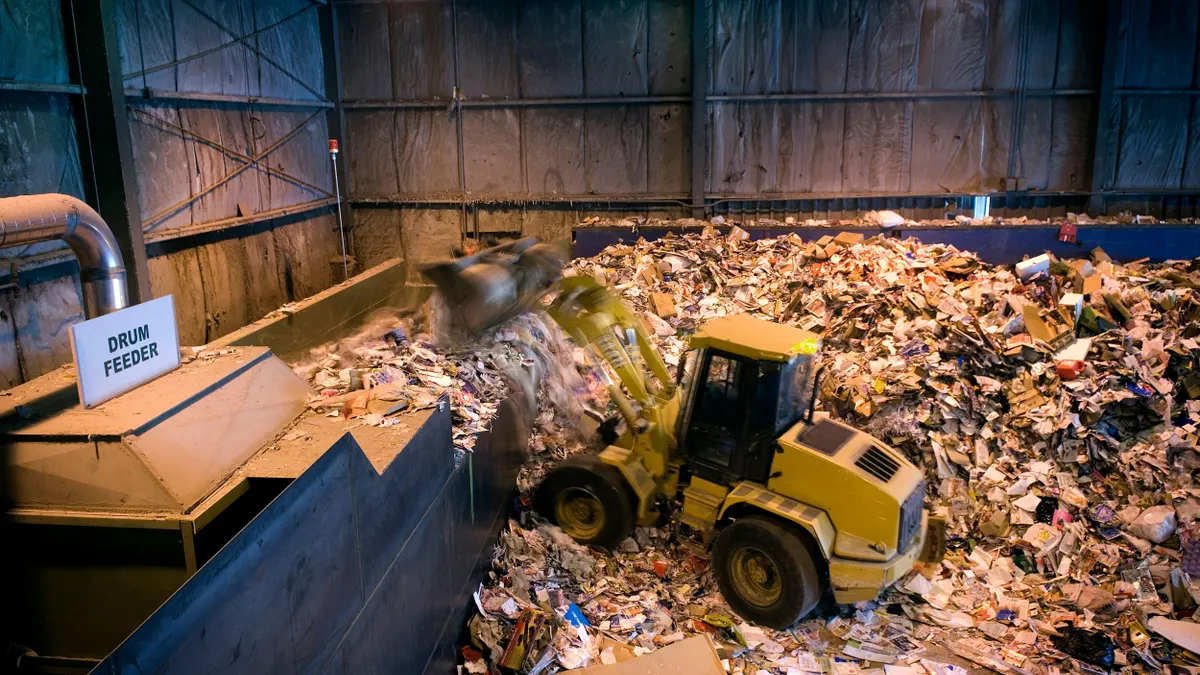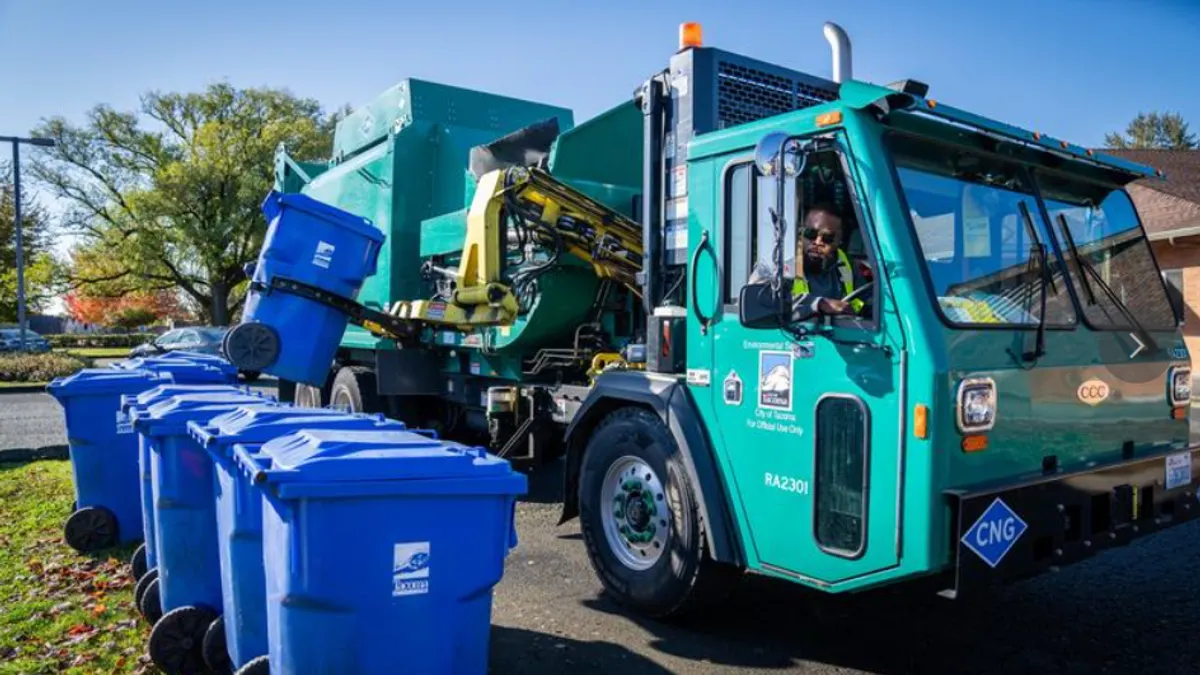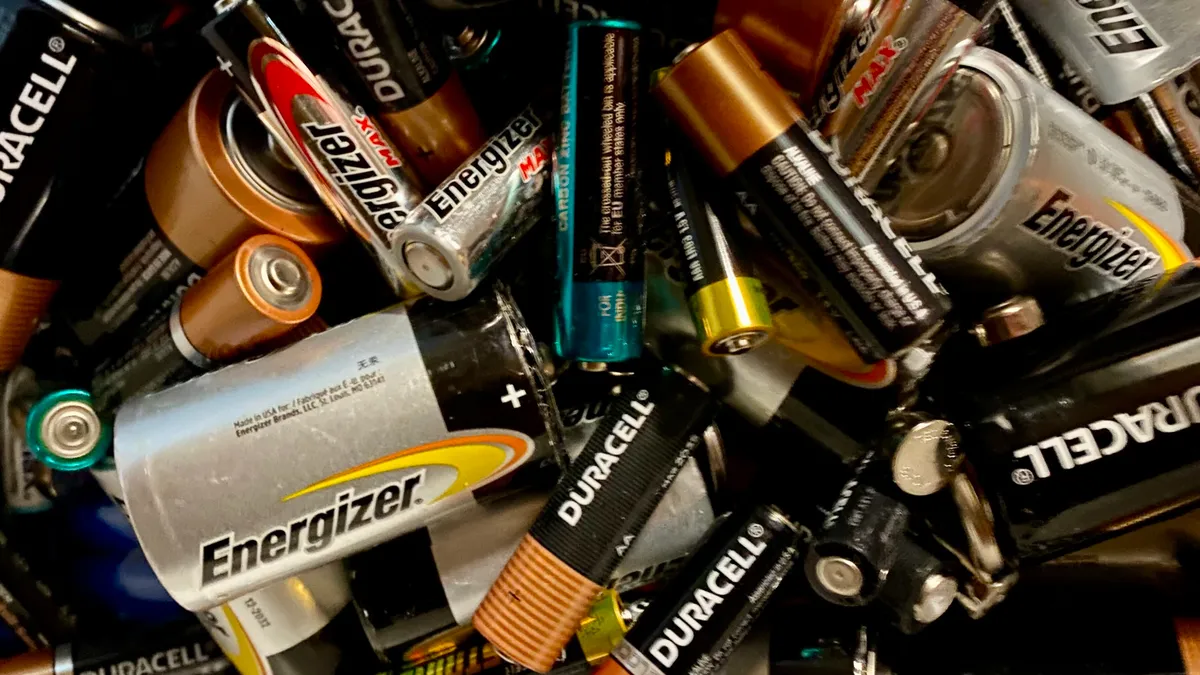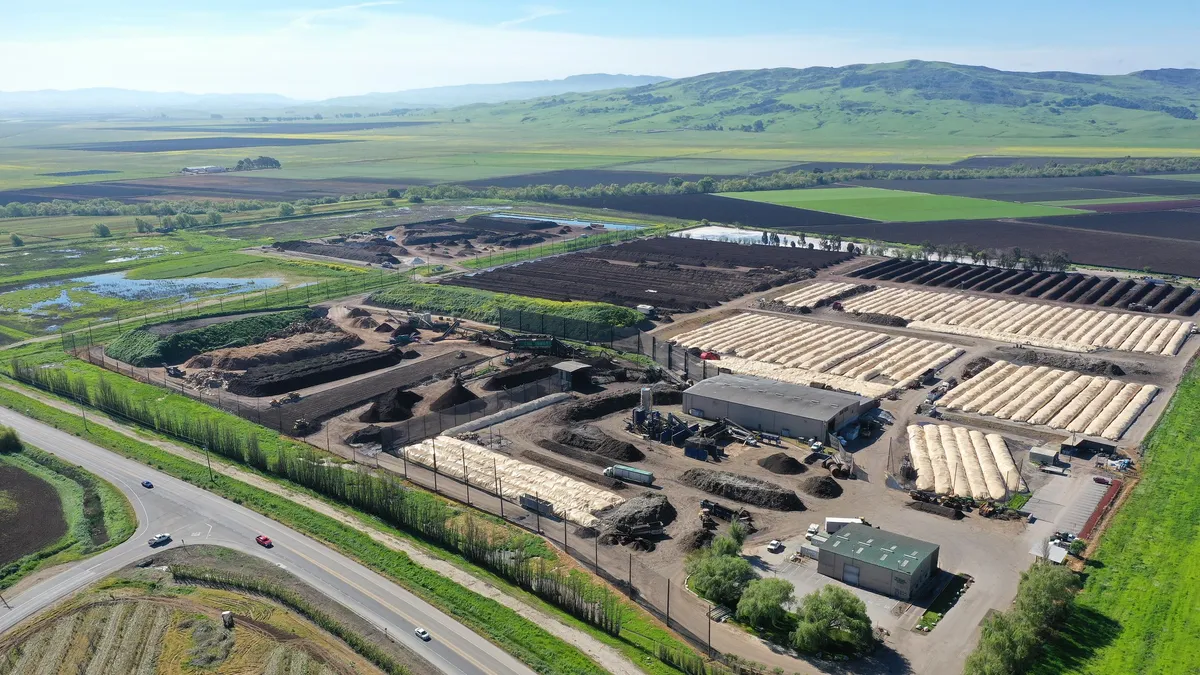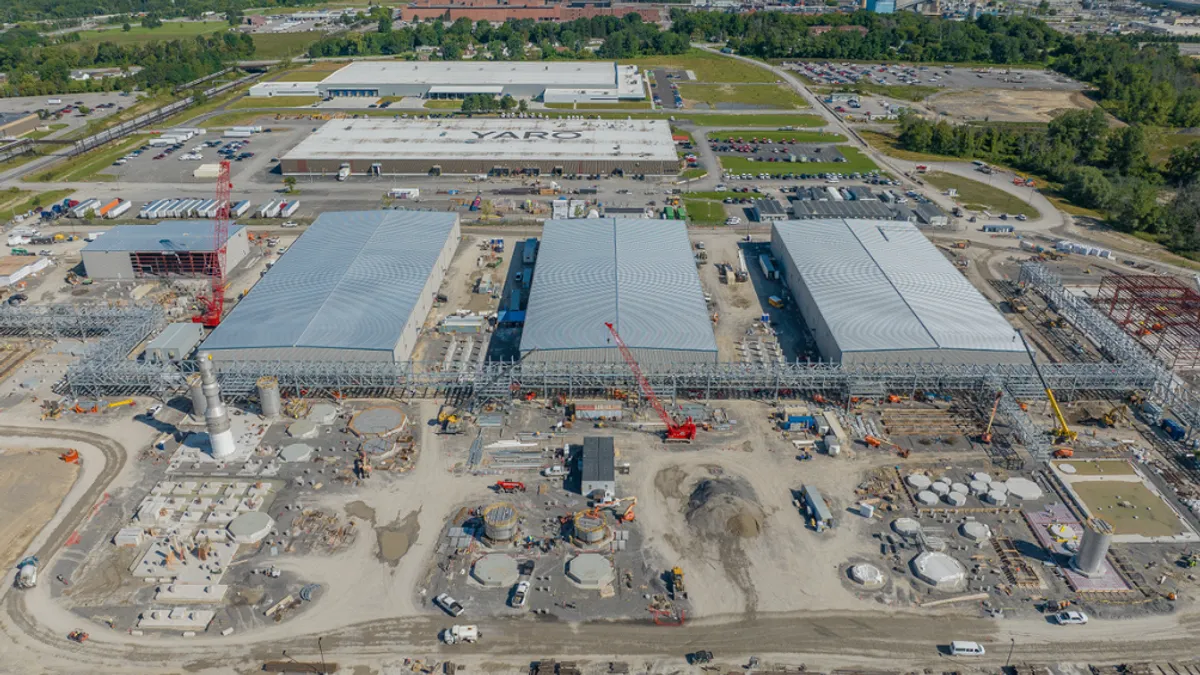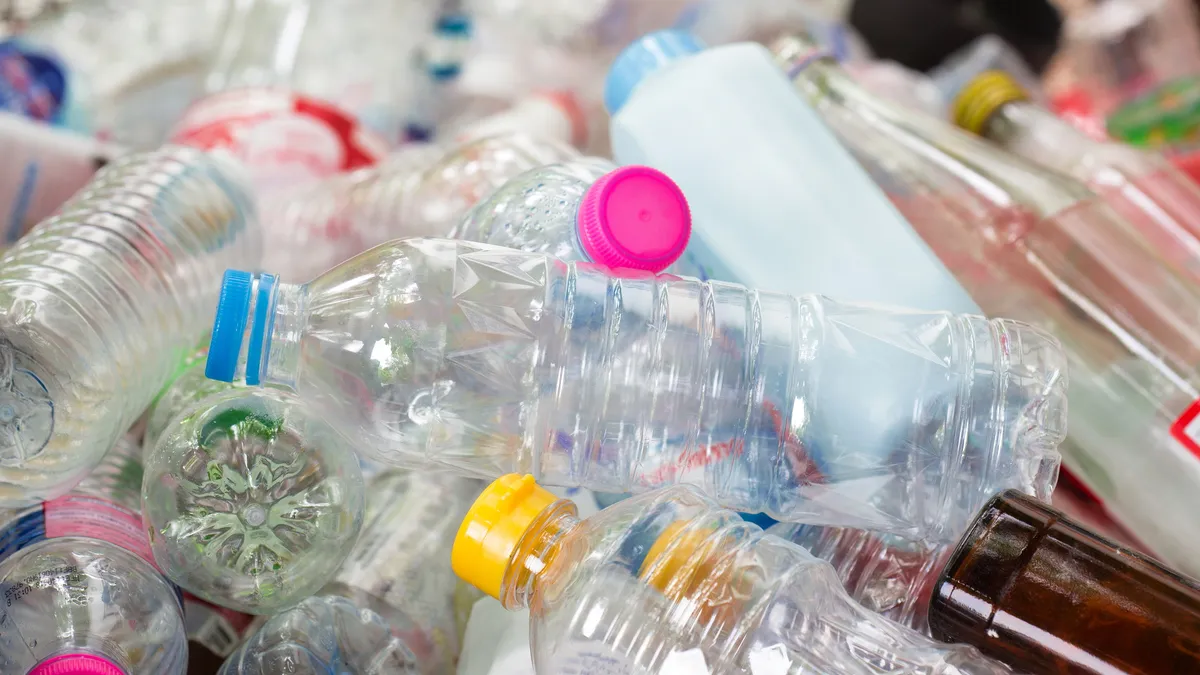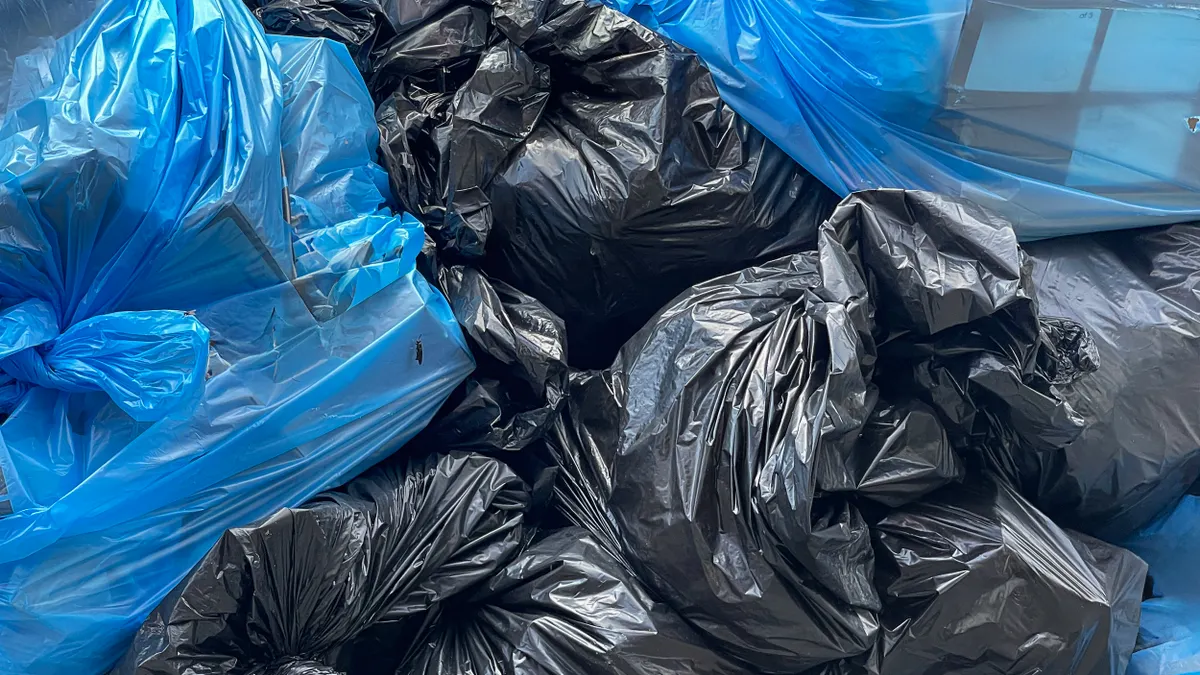Uncertainty around the operational and market impacts of the Trump administration’s latest round of tariffs is expected to continue in the near future as plastics recyclers and related industries wait for ripple effects on global trade and domestic markets.
On April 2, President Donald Trump enacted baseline 10% tariffs on goods from most other nations, plus a range of additional country-specific duties. Numerous trade partners then responded in recent days with retaliatory tariffs. On Wednesday, Trump announced a 90-day pause on the country-specific tariffs but said a near-universal 10% tariff would stay in place. Canada and Mexico will still be subject to a 25% tariff for certain goods not covered under the United States-Mexico-Canada Agreement, the White House later clarified. However, China which will now face a tariff rate of 125%.
The status of these tariffs is ever-changing, and recyclers expect the frequent changes will result in numerous consequences for commodities markets, as well as costs for equipment and infrastructure projects.
Here are some facets of the plastics recycling industry they’re monitoring in the early days of the trade war.
rPET markets largely avoid additional tariff uncertainty
Though numerous recycled commodities could see tariff impacts, rPET imported from Mexico and Canada is currently not subject to the latest round of 25% tariffs. That’s because it is considered “compliant” with the USMCA trade agreement and thus exempt for now, said Emily Friedman, recycled plastics senior editor at ICIS.
Recyclers are breathing a sigh of relief over this news, she said. “That's important, because [potential rPET tariffs] were going to be a major influencer on both the feedstock side and on the finished resin side of recycled plastics.” Regional recyclers are still buying and selling rPET bales with Canada and Mexico, and importers are still buying finished recycled resin from both Canadian and Mexican recyclers, she said.
However, the changing nature of the tariff landscape means rPET might not be out of the woods forever. “It’s a non-issue as of today, pending that doesn't change in the future,” she said.
Recyclers expect PE and PP markets to shift
Tariffs are still in effect for imports of recycled PE and PP, which are subject to varied amounts depending on their country of origin, she said. Before Trump announced the 90-day pause on certain tariffs on Wednesday, recycled natural HDPE pellet from Thailand was subject to an estimated 46% tariff.
The U.S. also imports recycled HDPE from places like Australia or the U.K., in part because those areas of the world use the plastic for milk jugs, while it’s less common or available in Canada and Mexico, she said.
Retaliatory tariffs could also impact U.S. PE exporters, particularly those exporting to China and the EU, Argus Media reported, but it’s unclear how possible trade negotiations in coming days will change how such resins will be affected.
The U.S. exported 2.4 million tons of PE to China in 2024, about 16.8% of total U.S. PE exports, Argus noted, citing Global Trade Tracker data. Exporters sent about 2.26 million tons to the EU that year, about 15% of all U.S. PE exports.
The EU later announced it will pause retaliatory tariffs for 90 days, though the situation remains fluid.
More virgin PE — and other recycled commodities — could flood domestic markets if the material is not exported in the coming weeks. That could affect pricing and competition with recycled resins, said Miriam Holsinger, co-president and chief operating officer of Eureka Recycling, in an email.
U.S. plastics markets will weather domestic supply and demand changes
Other domestic supply and demand factors will likely continue to change in the coming weeks. As early as February, some recyclers had stocked up on recycled plastic inventory ahead of the proposed tariffs, “so we could be in a period where people are utilizing that inventory rather than purchasing on the open market,” Friedman said. That trend will likely smooth out sometime in the next month or so, she said.
There’s also a sense of hesitancy for recyclers to foster new partnerships with international suppliers or buyers because of the onslaught of tariff changes. “International supply is not going away, but people are definitely going to feel the need to have diverse supply chains that can pivot,” she said.
In the U.S. however, domestic supply of recycled plastics cannot support the current demand, she said.
Ed Egl, WM’s head of investor relations, said that increased demand “could have some benefit on the recycling side [and] on the commodity side as demand stays within the U.S. for recycled content. You could see commodity prices go up a little bit higher,” he said during WM’s annual Waste & Environmental Services Symposium on April 3.
Holsinger agrees that commodity values could see a temporary increase, but she expects the economy to slow due to tariff confusion, leading to lower demand for recycled materials in coming months.
Rising equipment and manufacturing costs will affect recyclers, too
Demand for products made with recycled materials is expected to take a hit due to tariffs, recycling groups echoed. The Recycled Materials Association noted last week that such tariffs on international trading partners are expected to “significantly disrupt U.S. manufacturing and recycling operations that depend on recycled material inputs.”
Retaliatory tariffs could affect demand for products made with specific grades of recycled plastic, Holsinger added. U.S. tariffs against China during Trump’s previous term in office impacted American soybean farmers, a notable buyer of drainage tile made from recycled HDPE color. The value of that material declined during that time, she said. Soybean farmers are again worried about impacts to the export market for major crops bound for China.
Recyclers are also tracking how tariffs could impact their ability to buy or repair sorting equipment or parts. Eureka tries to purchase locally made parts when possible, but “other times parts are only made out of country and/or the material that goes into making these parts comes from other countries,” she said.
WM does not expect tariffs to affect the collections side of business, but Egl noted that capital spending “is where you’ll see [tariff impacts] first.”
Tariffs on aluminum and steel will make building factories and plants “much, much more expensive, whether it's a recycling facility or a polyethylene plant,” Friedman added. “That could really curb investment in new capacity going forward.”
Companies and organizations that have been investing in circular economy strategies for packaging and other products will need to continue to invest in that work, Holsinger said, though such work takes time to implement against fast-moving tariff news.
“It is so important that the recycling industry work on product circularity — where a bottle or container gets turned back into a bottle or container of the same grade,” she said. “This way if there is less product purchased, there is also less product to be recycled so production more closely follows demand, and you see less severe price shocks.”
Editor’s note: This story has been updated to reflect tariff developments as of 9:30 am ET on April 10.
This story first appeared in the Waste Dive: Recycling newsletter. Sign up for the weekly emails here.



